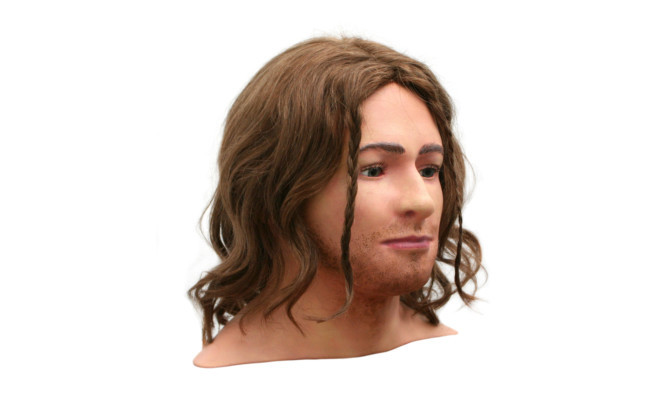The face of a young man dating from the Copper Age has been recreated by university experts.
The skeleton of “Thankerton Man” was found in a stone cist – a type of burial chamber – at Boatbridge Quarry, Thankerton, South Lanarkshire, in 1970.
He was unusually tall for his era, thought to be aged between 18 and 25 and was found lying in a crouched position.
The remains were radiocarbon-dated to between 2460BC and 2140BC.
Working from detailed analysis of the skull, specialists in the Centre for Anatomy and Human Identification (CAHID) at the University of Dundee have now created a reconstruction of the man’s face.
Caroline Erolin, lecturer in forensic and medical art at CAHID, said: “Given its age, the skeleton of Thankerton Man was in excellent condition, which allowed us to get a strong impression of how he may have looked.
“Once we built the basic shape of his face we then looked at historical data to get a better idea of how a man would have looked at that time. For instance, we know they had the ability to shave.”
The estimated height of the man was around 1.8 metres (5ft 11ins), which is regarded as tall in Copper Age terms.
The cist contained a finely-decorated beaker which had held food or drink for the deceased’s journey into the afterlife.
The pot and skeleton are curated by National Museums Scotland.
Dr Alison Sheridan, principal curator of early prehistory at National Museums Scotland, who provided archaeological advice, praised the reconstruction.
She said: “This is a magnificent piece of work that really brings the past to light. It has spurred us on to arrange the DNA analysis of this man’s remains.”
The reconstructed face will go on show at the Biggar and Upper Clydesdale Museum which opens tomorrow.
